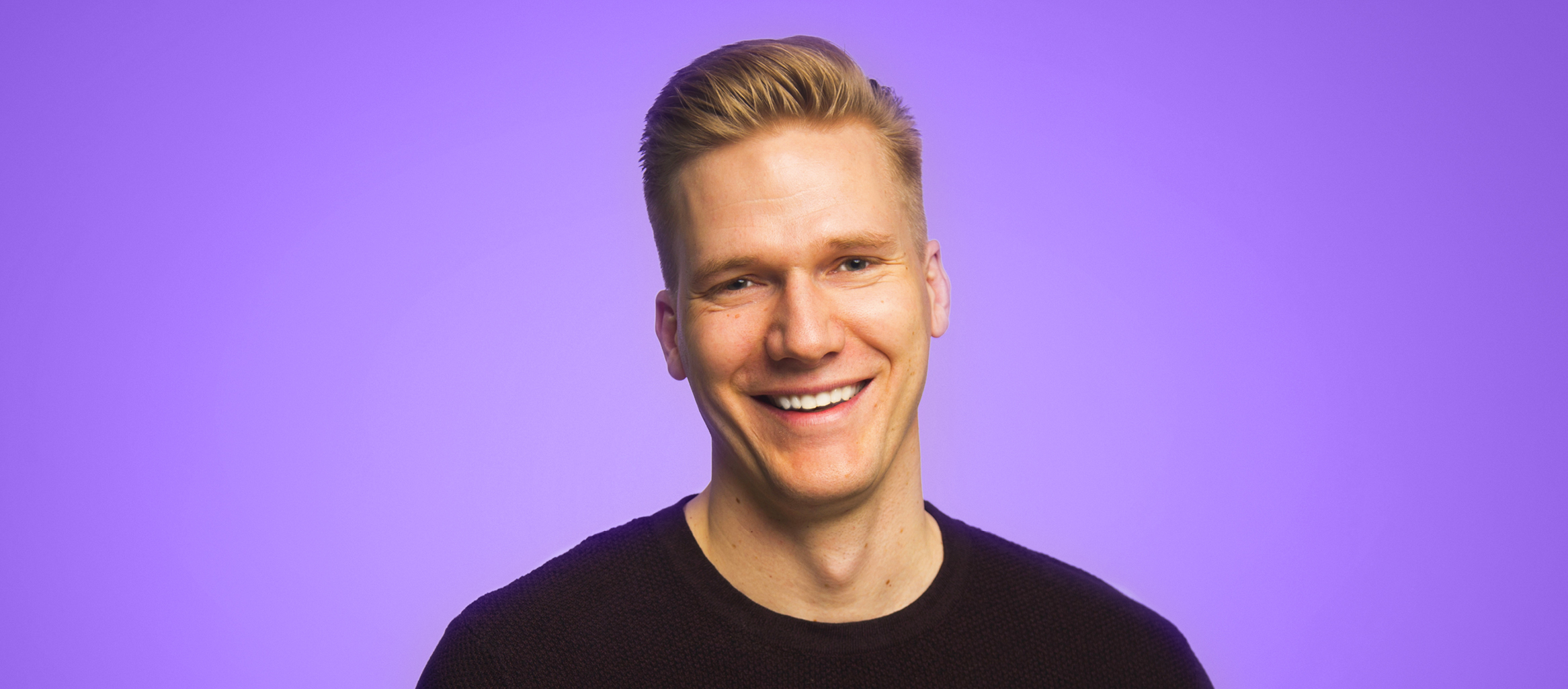
Critical leadership phases in a state of emergency
In my last blog post, I wrote about the resilience of companies and the positive impact it has on how companies adapt to the coronavirus pandemic. At Innolink, we have noticed that organisations’ reactions and leadership methods vary greatly. We can easily say that the stakes and time used for leadership have never been on the level that they are during this crisis. Resources have freed up. It’s extremely interesting to see what organisations are going to do with this free time and which methods they use in their leadership. Let me reflect on these thoughts in more detail here.
It’s possible to identify various development phases in how organisations react to a crisis situation depending on their corporate culture, size, market situation, and industry. It also plays a role whether a company operates in industry or service sector. Only a fraction of all companies have a natural competitive edge in a crisis, while others have to give their all to succeed in the competition created by a state of emergency. An interesting perspective is to compare the traditional corporate lifecycle (startup, growth, establishment, recession, death) to how companies have behaved during the coronavirus situation. Dare I say that regardless of a company’s lifecycle phase, size, or corporate culture, I can find four main categories shared by all companies: 1. crisis, 2. hedgehog defence, 3. adaptation; and 4. attack.
1. In the crisis phase, companies try to identify and conceive the various scenarios of how the surrounding crisis can impact the company (e.g. financial impact, threats related to cash management, borrowing power, risks related to the continuation of customerships, impact of permanent and temporary layoffs, and the threat of bankruptcy). The time span for executing and planning actions is immediate, and the focus is on how the changing markets affect the company.
2. In the hedgehog defence phase, the organisation builds a so-called military command room in its crisis centre to determinedly prepare for and fight off threats. The operative short-term quick actions happen on a daily and weekly basis. Maintaining the company’s vital core functions and discarding everything extra is the key. The focus is put on the company and surviving the crisis.
3. In the adaptation phase, the company adapts its operations to the transformed operating environment and tries to compete in the dramatically renewed marketplace with the help of an adapted competitive edge, i.e. utilise its strengths and follow the market situation’s rules. To succeed in this phase, the company must understand the revolutionised markets as well as have responsiveness, clear intentions, and an action plan to adapt its services and products. The time span is on a weekly and monthly level with an internal and external focus.
4. In the attack phase, the organisation is aware of the risks and has protected itself from the situation, but it has also seen the significant opportunities that have emerged. It has worked on various scenarios, tested the market, and listened to the customers. When markets are redistributed, customerships can be achieved, new businesses established, and stagnant companies acquired. Focus is extremely anticipatory and time span is medium-term.

Operating methods and leadership in these situations vary significantly. How aware a company is of its development phase and how it reacts to the situation — through defence or open for opportunities — has a significant impact on the company’s ability to proceed to the next level. I also believe that without sufficient competence, it’s not possible to progress inside the phases or move from crisis to attack. Dynamic knowledge-driven leadership and corporate culture boost organisations’ abilities and impact their speed and ability to transform.
At Innolink, we aim to adapt to the situation and are planning our attack phase. We have learned that you should not become a victim of your circumstances, or they will suck you in. Our aim is to prepare for the upcoming phases and challenge ourselves to leave the accomplishing mode. Next to questions “what is coming”, “what do we need to prepare for”, and “what kinds of strategic changes will the coronavirus cause”, we have focused more on “what happens after the coronavirus pandemic”. This helps us understand how the markets are changing and what our role will be in the development. The question is challenging as simultaneously, we have to fight our way through the crisis and hedgehog defence phases. However, it is the only gate we can walk through to prepare for the upcoming attack phase. Positive mental image practices, efficient scenarios, and active knowledge-driven leadership form a great anchor in this situation.
Even though nothing is more important right now than the time used for daily leadership, we must focus some our attention to understanding the future.
Pekka Vuorela
CEO, Innolink
www.innolink.eu
Specialist in Knowledge-Driven Leadership
Muhlrain 7, D-70180 Stuttgart
The author is Innolink’s CEO and one of the owners.
He is currently working as the Group’s remote manager in Germany.
Read more about Innolink’s knowledge-driven leadership services
#innolink
#knowledge-driven leadership
#research #analytics #consulting
#coronavirus
#crisis
#leadershipphases
#togetherfearlesslywithagility
- Recognise the possibilities of knowledge-driven management 12.03.2023
- Doctor of Arts Katja Soini steps in as the Chief Growth Officer of Knowledge-driven Management at Innolink 09.03.2023
- Gofore Plc Knowledge-driven Leader for 2022, initiative category 22.11.2022
- Partnering for insightful knowledge-driven management 09.11.2022
- Mikko Kuusakoski Knowledge-driven Leader for 2022, individual category 03.11.2022
- Noja Rahoitus Oy Knowledge-driven Leader for 2022, organisation category 02.11.2022
- Knowledge-driven management as a lever FOR FUTURE GROWTH 20.09.2022
- Turn your business into a success story – invest in an excellent customer experience 02.09.2022
- Towards new perspectives 15.03.2022
- Effects of the Russian invasion of Ukraine on the German economy 09.03.2022
- Knowledge-driven cooperation with ZVEI continues 23.02.2022
- Shivers down the spine 23.04.2021
- The opportunities for using a brand survey as a knowledge-driven management tool 21.04.2021
- Which needs does a brand survey respond to? 16.04.2021
- Dörte Nordbeck, Director Sales and Business Development 05.03.2021